Discover the Hidden Treasures of Panlongcheng Rujinan Ancients: A Journey Through Time
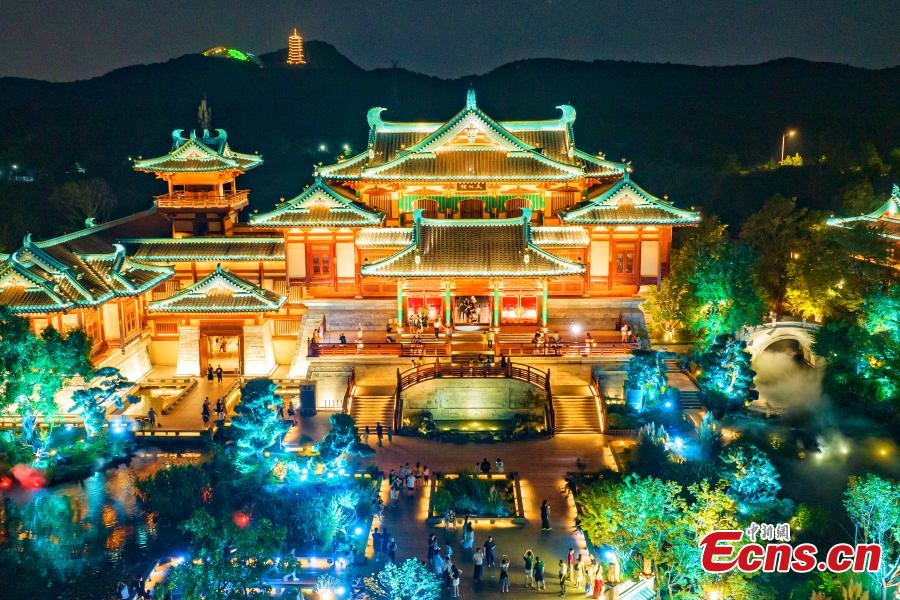
An Essential Guide to Visiting Panlongcheng Rujinan Ancients
In This Guide
- An Essential Guide to Visiting Panlongcheng Rujinan Ancients
- The Rich History and Legends of Panlongcheng Rujinan Ancients
- Main Highlights: What You Absolutely Can’t Miss
- Planning Your Visit: A Practical Guide
- Tickets: Prices, Booking, and Tips
- How to Get There: A Complete Transportation Guide
- Local Cuisine and Accommodation Nearby
- Frequently Asked Questions
- Final Thoughts on Your Trip
Nestled in the heart of Hubei Province, the Panlongcheng Rujinan Ancients (盘龙城遗址) stands as a testament to the rich tapestry of Chinese history, where the echoes of ancient civilizations resonate through the remnants of its past. This archaeological site, believed to have flourished during the Warring States period (475-221 BC), offers visitors an extraordinary glimpse into the lives of the people who inhabited this region over two millennia ago.
As you wander through the expansive ruins, you’ll be struck by the intricate layout of the city, which reflects advanced urban planning for its time. The remnants of walls, foundations, and artifacts reveal a sophisticated society that engaged in agriculture, trade, and cultural exchange. The site is also significant for its potential connection to the ancient Chu State, a major political entity that played a pivotal role in shaping early Chinese history.
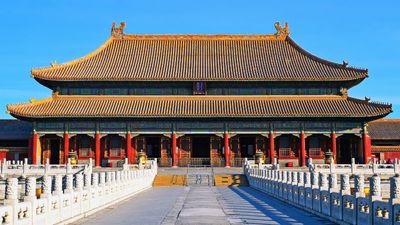
Panlongcheng Rujinan Ancients.
Visiting Panlongcheng is not merely a journey through ancient stones; it is an opportunity to immerse yourself in the stories of resilience and innovation that define this part of China. As you explore, consider the lives of those who walked these paths, engaged in lively commerce, and crafted goods that would be exchanged across great distances.
Whether you are a history enthusiast, a culture seeker, or an intrepid traveler, Panlongcheng offers a captivating experience that bridges the past and present. Prepare to be enchanted as you delve into one of China’s hidden historical gems, where every stone tells a story and every moment spent here is a step back in time.

Panlongcheng Rujinan Ancients.
The Rich History and Legends of Panlongcheng Rujinan Ancients
The site of Panlongcheng Rujinan Ancients (盘龙城遗址) serves as a fascinating window into the past, revealing layers of history that date back thousands of years. Nestled in the heart of Hubei Province, this archaeological treasure is not only significant for its historical artifacts but also for the legends and cultural narratives that surround it.
A Glimpse into the Past
Panlongcheng is believed to have been a vital urban center during the late Neolithic period, specifically within the Yangtze River civilization. It is thought to have flourished around 3,000 years ago, during the time of the early Chinese dynasties. Archaeological findings at the site indicate advanced urban planning, including residential areas, ceremonial spaces, and defensive structures, suggesting a highly organized society.

Panlongcheng Rujinan Ancients.
The archaeological work at Panlongcheng has uncovered numerous relics, including pottery, jade, and bronze artifacts, which offer insights into the daily lives, spiritual beliefs, and technological advancements of its inhabitants. The presence of these items points to connections with other ancient cultures, indicating that Panlongcheng was a bustling hub of trade and cultural exchange.
Legends and Cultural Significance
The legends surrounding Panlongcheng are as rich as its archaeological history. One prominent tale speaks of the Dragon King, a mythical figure who was said to reside in the nearby Yangtze River. According to local folklore, the Dragon King protected the city from floods and droughts, ensuring the prosperity of its people. In return, the citizens offered sacrifices and held grand festivals in his honor, reinforcing the community’s connection to nature and the divine.
Another legend suggests that the Panlong in the name refers to a legendary dragon that symbolizes power, strength, and auspiciousness. This dragon was believed to have the ability to control rain and storms, making it a revered protector of agricultural abundance. The locals celebrated the arrival of the rainy season with colorful rituals and dances, invoking the dragon’s favor for bountiful harvests.

Panlongcheng Rujinan Ancients.
The Archaeological Marvel
Panlongcheng’s significance is not solely rooted in its legends; the site itself is a marvel of archaeological endeavor. Excavations have revealed a large moat and city wall, which are indicative of a sophisticated understanding of defensive architecture. The existence of large ceremonial pits and burial sites further illustrates the spiritual and social complexity of the community.
As travelers explore Panlongcheng, they can witness the remnants of this ancient civilization firsthand. The site has been developed into a park, complete with informative displays and reconstructed features that help visitors visualize life during its peak.
Conclusion
Visiting Panlongcheng Rujinan Ancients offers an opportunity to connect with the rich tapestry of Chinese history, interwoven with captivating legends that have been passed down through generations. Whether you are drawn by the archaeological significance or the enchanting stories of dragons and deities, Panlongcheng promises an enriching experience that resonates with the spirit of ancient China. This site is not merely a collection of ruins; it is a testament to a vibrant culture that once thrived, inviting modern travelers to uncover its timeless secrets.
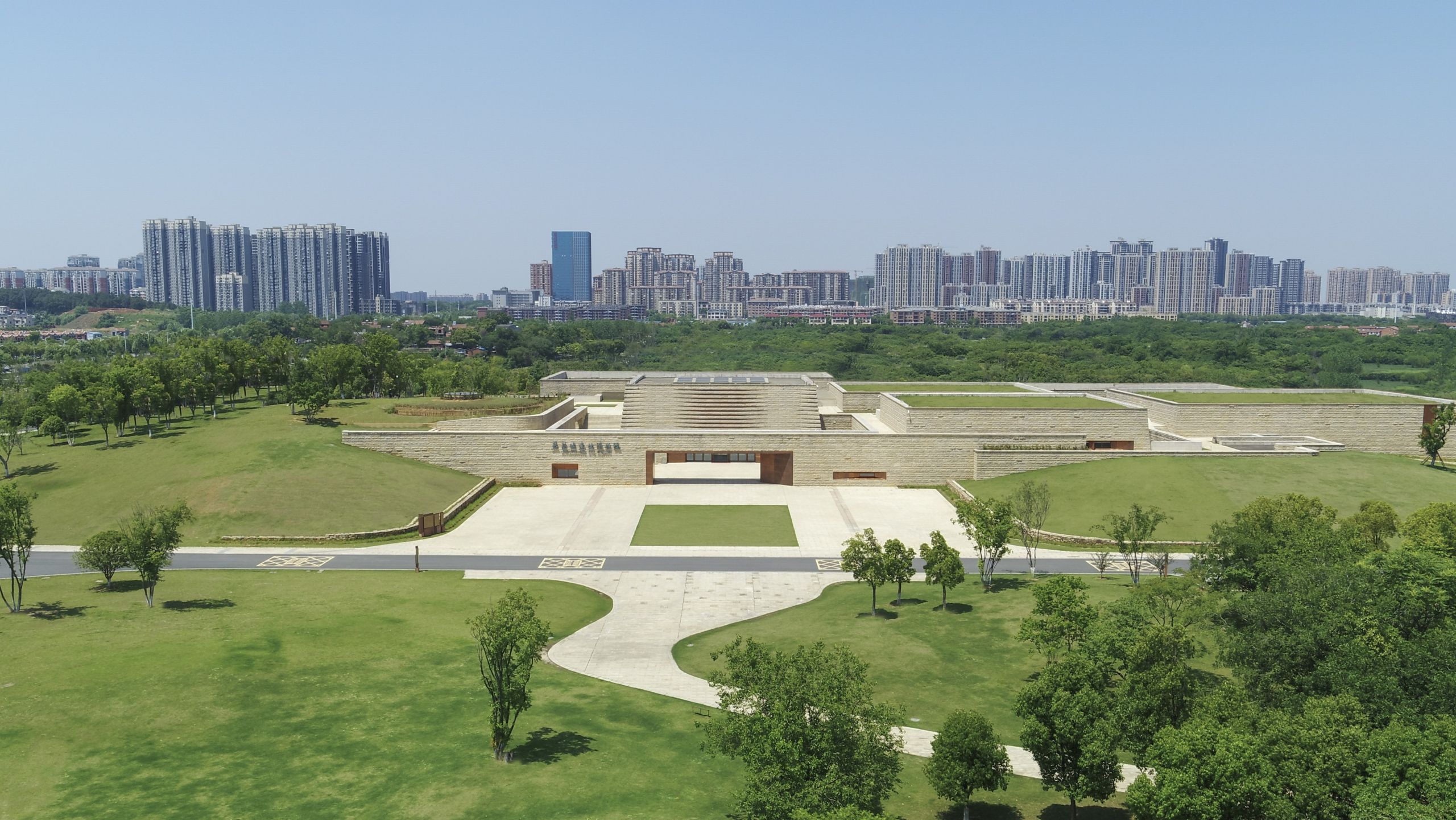
Panlongcheng Rujinan Ancients.
Main Highlights: What You Absolutely Can’t Miss
Discover the Timeless Treasures of Panlongcheng Rujinan Ancients
Nestled in the heart of Hubei Province, the Panlongcheng Rujinan Ancients (盘龙城遗址) beckons travelers with its rich tapestry of history and culture. As a site that once thrived during the Warring States period and into the Han dynasty, Panlongcheng offers a fascinating glimpse into ancient Chinese civilization. Here are the main highlights you absolutely cannot miss when visiting this archaeological wonder.
1. The Ancient City Walls
Marvel at the impressive remnants of the ancient city walls, which once encircled the bustling city of Panlongcheng. Constructed using rammed earth, these walls showcase the engineering prowess of the time. Walking along the walls provides an excellent vantage point to appreciate the site’s extensive layout and the breathtaking landscape surrounding it.

Panlongcheng Rujinan Ancients.
2. The Archaeological Museum
Make sure to visit the on-site museum, which houses a collection of artifacts unearthed during excavations. From pottery and bronze tools to jade ornaments, the exhibits narrate the daily lives, customs, and beliefs of the people who inhabited this area over 2,000 years ago. The museum’s informative displays offer context to the artifacts, making it a must-see for history enthusiasts.
3. The Ruins of the Royal Palace
Explore the remnants of what is believed to be the royal palace complex. This area highlights the architectural sophistication of the era and provides insight into the social hierarchy of the time. The layout of the palace, along with the surrounding structures, reflects the grandeur and importance of the elite in ancient Chinese society.
4. The Tombs of the Nobility
Just outside the city walls lie the tombs of noble families, complete with intricate burial artifacts that illustrate the customs surrounding death and the afterlife in ancient China. Visiting these tombs not only deepens your understanding of the burial practices but also reveals the social stratification prevalent during the Han dynasty.
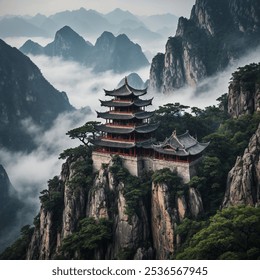
Panlongcheng Rujinan Ancients.
5. The Scenic Surroundings
Take a moment to enjoy the natural beauty that envelops Panlongcheng. The site is situated near the banks of the Yangtze River, and the serene landscape is dotted with lush greenery, rolling hills, and tranquil waterways. This picturesque setting enhances the experience, allowing you to reflect on the historical significance of the area while enjoying the great outdoors.
6. Cultural Performances and Festivals
If your visit coincides with local cultural performances or festivals, don’t miss the opportunity to witness traditional music, dance, and art. These events often celebrate the rich heritage of the region and provide a vibrant contrast to the ancient ruins, bringing history to life in a unique way.
7. Guided Tours
Consider joining a guided tour to delve deeper into the history and significance of Panlongcheng. Knowledgeable guides can illuminate the stories behind the ruins, making the experience more enriching. They can also provide insights into the ongoing archaeological work and future discoveries.
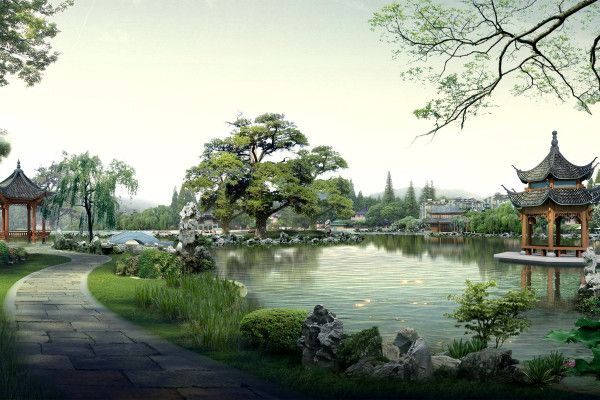
Panlongcheng Rujinan Ancients.
Final Thoughts
A visit to Panlongcheng Rujinan Ancients promises to be an unforgettable journey through time, where each corner of the site whispers tales of ancient glory. Whether you are a history buff or simply looking for a unique cultural experience, this remarkable archaeological site will captivate your imagination and leave you with a deeper appreciation for China’s rich heritage.
Planning Your Visit: A Practical Guide
When planning your visit to the Panlongcheng Rujinan Ancients (盘龙城遗址), you are embarking on a journey into the heart of ancient Chinese civilization. This site, located in the vibrant city of Wuhan, Hubei Province, is not just a historical landmark; it is a testament to the advanced culture that flourished during the Warring States period. Here’s a comprehensive guide to ensure your visit is both enlightening and enjoyable.
How to Get There
By Air:
Wuhan Tianhe International Airport serves as the main airport, with numerous domestic and international flights. From the airport, you can take a taxi or a ride-hailing service directly to the site.
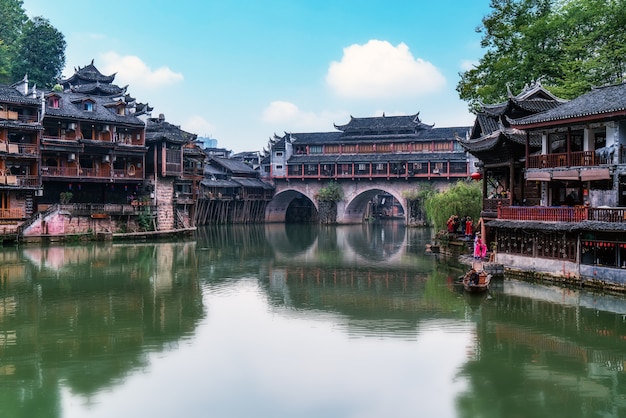
Panlongcheng Rujinan Ancients.
By Train:
Wuhan is a major railway hub in China. High-speed trains connect it to major cities such as Beijing, Shanghai, and Guangzhou. Upon arriving at Wuhan Railway Station, take a taxi or use public transportation to reach Panlongcheng.
By Public Transportation:
Local buses and subways are available to take you to the vicinity of the site. Check the local transit apps or ask locals for the best routes.
Opening Hours
- Daily: 8:30 AM to 5:30 PM
- Last entry: 5:00 PM
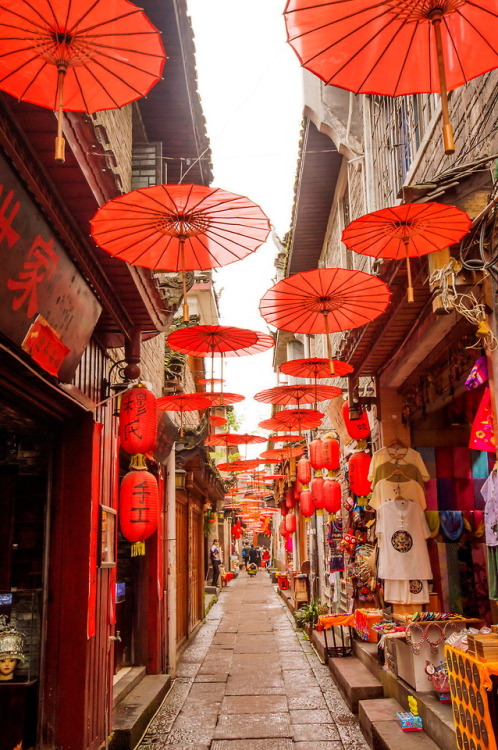
Panlongcheng Rujinan Ancients.
Be sure to check for any seasonal changes in hours, particularly during holidays or special events.
Admission Fees
- General Admission: Approximately 60 CNY
- Discounts: Reduced fees for students and seniors; free entry for children under a certain height. It’s advisable to carry your ID for verification.

Panlongcheng Rujinan Ancients.
What to Expect
Historical Significance:
Panlongcheng is renowned for its archaeological significance, revealing remnants of a well-planned urban settlement from the ancient Chu state. As you explore, don’t miss the ancient walls, pottery, and bronze artifacts that provide insight into the lives of the people who once thrived here.
Exhibits:
The on-site museum houses a collection of artifacts, including exquisite pottery and tools, which narrate the story of the Chu civilization. Interactive displays and knowledgeable guides enhance the experience, making history come alive.
Tips for Your Visit
- Wear Comfortable Shoes: The site is extensive, and you’ll want to explore the various ruins and exhibits without discomfort.
- Stay Hydrated: Bring a water bottle, especially during the warmer months. There are facilities available to refill your bottle.
- Plan Your Time: Allocate at least 2-3 hours to fully appreciate the site. Consider joining a guided tour for deeper insights.
- Photography: While photography is allowed in many areas, be respectful of any signage indicating restrictions, especially in museum spaces.
- Local Cuisine: Take the opportunity to enjoy local Hubei cuisine at nearby restaurants. Don’t miss trying the famous Wuhan hot dry noodles, a regional specialty.
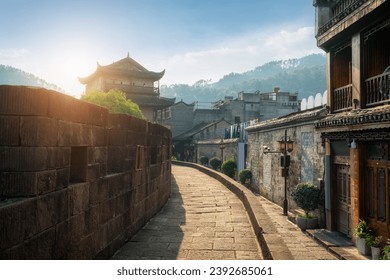
Panlongcheng Rujinan Ancients.
Nearby Attractions
After exploring Panlongcheng, consider visiting these nearby sites:
- Yellow Crane Tower (黄鹤楼): One of the most famous towers in China, offering stunning views of the Yangtze River.
- East Lake (东湖): A beautiful area for walking, cycling, and enjoying nature.
- Wuhan Museum: A cultural hub showcasing artifacts from various dynasties, enhancing your understanding of Chinese history.
Conclusion
A visit to the Panlongcheng Rujinan Ancients is not just an exploration of ruins; it’s a journey through time, offering a glimpse into the complexity of ancient Chinese society. With this guide, you are well-equipped to make the most of your visit. Immerse yourself in the history, culture, and beauty that this remarkable site has to offer!
Tickets: Prices, Booking, and Tips
Visiting the Panlongcheng Rujinan Ancients is a captivating experience for anyone interested in ancient Chinese history and culture. To make the most of your visit, it’s essential to understand the ticketing system, prices, and practical tips for booking your tickets.
Ticket Prices
The entry fees for the Panlongcheng Rujinan Ancients are affordable, allowing you to explore this historical site without breaking the bank. Here’s a breakdown of the ticket prices:
- Adults: ¥30 (approximately $4.50)
- Students and Seniors: ¥15 (approximately $2.25) – valid ID required
- Children under 12: Free entry
Booking Tickets
Tickets can be purchased in several ways:
-
On-site Purchase: You can buy tickets at the entrance of the site. It’s advisable to arrive early, especially during weekends and holidays, as the site may get crowded.
-
Online Booking: To save time, consider booking your tickets online through popular travel websites or the official site of Panlongcheng Rujinan Ancients. This option allows you to avoid long queues and guarantees your entry.
-
Tour Packages: Several travel agencies offer guided tours that include entry fees. This option often provides additional insights into the history and significance of the site, making it a worthwhile investment.
Tips for Your Visit
-
Check Opening Hours: The site is typically open from 8:30 AM to 5 PM. Be sure to check the official website for any changes in hours or special events that may affect access.
-
Visit During Off-Peak Times: To enjoy a more tranquil experience, consider visiting on weekdays or early in the morning. This will also give you a better chance to take photos without crowds.
-
Prepare for Walking: The site covers a substantial area with many historical relics to explore. Wear comfortable shoes and be prepared to walk a lot.
-
Bring Water and Snacks: While there may be local vendors, it’s a good idea to carry water and light snacks, especially if you plan to spend several hours exploring.
-
Respect the Site: As a historical location, it’s vital to treat the site with respect. Follow posted guidelines, stay on designated paths, and refrain from touching artifacts.
By understanding the ticketing process and following these tips, you can ensure a smooth and enriching visit to the Panlongcheng Rujinan Ancients. Enjoy your journey through ancient Chinese history!
How to Get There: A Complete Transportation Guide
Navigating to Panlongcheng Rujinan Ancients
Visiting Panlongcheng Rujinan Ancients, an archaeological site rich in Chinese history located in Hubei Province, is a journey that combines cultural exploration with delightful travel experiences. Here’s your comprehensive guide to reaching this remarkable destination.
Getting to Wuhan
Before heading to Panlongcheng, you’ll first need to arrive in Wuhan, the capital city of Hubei Province. Wuhan is well-connected by various transportation options:
- By Air:
-
Wuhan Tianhe International Airport (WUH) serves both domestic and international flights. Major airlines operate here, making it accessible from several global hubs.
-
By Train:
-
High-speed trains are a popular choice, connecting Wuhan with major cities like Beijing, Shanghai, and Guangzhou. The Wuhan Railway Station and Wuhan High-Speed Railway Station are the main terminals.
-
By Bus:
- Long-distance buses operate from various cities, arriving at the main bus terminals in Wuhan.
From Wuhan to Panlongcheng Rujinan Ancients
Once in Wuhan, follow these transportation options to reach the Panlongcheng site:
- By Metro:
-
Line 6 of the Wuhan Metro will take you to the Hanxi Changlong Station. From there, transfer to a local bus or taxi to reach the site directly.
-
By Taxi:
-
Taxis are readily available throughout Wuhan. A taxi ride from the city center to Panlongcheng will take approximately 30–40 minutes, depending on traffic conditions. Ensure to have the destination written in Chinese to show the driver: 盘龙城遗址.
-
By Bus:
-
Public buses offer a cost-effective way to reach Panlongcheng. Look for buses heading to Panlongcheng or check local schedules for routes that include stops near the site.
-
Car Rental:
- For those who prefer driving, renting a car can provide the flexibility to explore the surrounding areas. Major car rental services are available in Wuhan, and the journey to Panlongcheng is straightforward, following the G42 highway.
Tips for Your Journey
-
Traveling During Off-Peak Hours: To avoid heavy traffic, consider traveling early in the morning or later in the evening.
-
Language: While major transportation hubs may have English signage, having a translation app or a phrasebook can be helpful, especially when interacting with local drivers or vendors.
-
Local Currency: Ensure that you have access to Chinese yuan (CNY) for local transport and entry fees, as not all places accept international credit cards.
-
Plan Your Visit: Check the opening hours of the Panlongcheng site ahead of your visit, and consider joining a guided tour to enrich your experience with expert insights into its historical significance.
With this guide, you are well-equipped to embark on your adventure to Panlongcheng Rujinan Ancients. Immerse yourself in the history and culture of this fascinating archaeological site, where the echoes of ancient China await your discovery!
Local Cuisine and Accommodation Nearby
Exploring the culinary delights and accommodation options near Panlongcheng Rujinan Ancients offers travelers a chance to immerse themselves in the rich tapestry of Chinese culture. This ancient site, known for its historical significance as a hub of early civilization, is surrounded by local flavors and comfortable lodgings that enhance the travel experience.
Local Cuisine
- Hubei Cuisine: As you venture around Panlongcheng, be sure to indulge in the local Hubei cuisine, which is celebrated for its fresh ingredients and vibrant flavors. Popular dishes include:
- Wuchang Fish: A famed delicacy from the nearby Yangtze River, often prepared steamed with ginger and scallions.
- Hot Dry Noodles (Re Gan Mian): A must-try, these noodles are served cold with sesame paste, garlic, and soy sauce, making for a refreshing meal, especially during warmer months.
-
Doupi: A savory pancake made from rice flour and filled with seasoned pork, vegetables, and spices, perfect for a quick snack or light meal.
-
Street Food: Don’t miss the bustling street food scene! Local vendors offer a variety of snacks, such as:
- Grilled Skewers: From marinated meats to tantalizing vegetables, these are often seasoned with spices and grilled to perfection.
-
Stinky Tofu: A beloved dish among locals, this fermented tofu has a strong aroma but is incredibly flavorful when deep-fried and served with spicy sauce.
-
Tea Culture: Hubei is also known for its tea. Visit a local tea house to experience:
- Wulong Tea: This semi-oxidized tea offers a unique flavor profile that can be enjoyed hot or cold.
- Chrysanthemum Tea: Perfect for relaxation, this floral tea is both fragrant and soothing.
Accommodation Options
When it comes to resting your head after a day of exploration, there are various accommodations near Panlongcheng to suit different preferences and budgets:
- Luxury Stays:
- Wanda Vista Wuhan: A five-star hotel offering elegant rooms with stunning views of the Yangtze River, along with top-notch amenities including a spa, multiple dining options, and a swimming pool.
-
InterContinental Wuhan: This upscale hotel provides modern comforts and exceptional service, situated conveniently close to major attractions.
-
Mid-Range Options:
- Novotel Wuhan Xinhua: Offering stylish rooms and a great location, this hotel features a restaurant serving both local and international cuisine, along with fitness facilities.
-
Howard Johnson Pearl Plaza Wuhan: With spacious rooms and a central location, this hotel is perfect for families and business travelers alike.
-
Budget-Friendly Choices:
- Wuhan Hi Inn: A clean and comfortable option, this budget hotel provides essential amenities and is located close to public transport, making it easy to explore the city.
- Hostel Options: For the more adventurous traveler, hostels like Wuhan Dreamer Youth Hostel offer a vibrant atmosphere and opportunities to meet fellow travelers.
Conclusion
Eating and staying near Panlongcheng Rujinan Ancients provides a perfect blend of local culture and comfort. By indulging in the flavors of Hubei and choosing suitable accommodations, you can enrich your journey through this historical gem of China. Whether you’re tasting street food or sipping tea in a quaint café, the experience is bound to be memorable.
Frequently Asked Questions
What is the significance of Panlongcheng Rujinan Ancients?
Panlongcheng Rujinan Ancients, located in Hubei Province, is an important archaeological site that dates back to the early stages of Chinese civilization. It is recognized as one of the earliest urban settlements in the region and offers valuable insights into the social, political, and cultural development of ancient China, particularly during the Bronze Age.
How do I get to Panlongcheng Rujinan Ancients?
The site is accessible from Wuhan, the capital of Hubei Province. You can take a high-speed train to the nearby city of Jiangxia, followed by a short taxi ride to the site. Public transportation options are also available, including local buses that connect to the site.
What can I expect to see at the site?
Visitors to Panlongcheng Rujinan Ancients can explore the extensive ruins, including remnants of ancient walls, residential structures, and burial sites. The site is also home to a museum that showcases artifacts unearthed during excavations, such as pottery, tools, and bronze items, providing a glimpse into the daily lives of its ancient inhabitants.
Are there guided tours available?
Yes, guided tours are available and highly recommended for a more enriching experience. Knowledgeable guides provide in-depth information about the site’s history, significance, and the artifacts displayed in the museum. It’s advisable to book a tour in advance, especially during peak tourist seasons.
What is the best time to visit Panlongcheng Rujinan Ancients?
The ideal time to visit is during spring (April to June) and autumn (September to November) when the weather is mild and pleasant. Summers can be hot and humid, while winters may be chilly, making these seasons less favorable for exploration.
Is there an entrance fee?
Yes, there is an entrance fee for visiting Panlongcheng Rujinan Ancients. The fee typically includes access to the archaeological site and the museum. Discounts may be available for students, seniors, and groups, so be sure to check for any applicable offers before your visit.
Are there facilities available for visitors?
Yes, the site is equipped with basic visitor facilities, including restrooms, a small café, and souvenir shops. Additionally, there are designated areas for resting and enjoying the scenery. However, it’s advisable to bring water and snacks, especially if you plan to spend extended time exploring the area.
Can I take photographs at the site?
Photography is generally allowed at Panlongcheng Rujinan Ancients, but it’s important to respect any posted signs regarding restrictions, especially in certain areas or near specific artifacts. Capturing the beauty of the ruins and the surrounding landscape is encouraged, so don’t forget your camera!
Final Thoughts on Your Trip
As you conclude your journey through the echoes of history at Panlongcheng Rujinan Ancients, you carry with you not just memories, but a deeper appreciation for the rich tapestry of Chinese civilization. This ancient site, steeped in the mysteries of the past, invites you to reflect on the lives of those who walked these grounds long before us.
A Journey Through Time
Visiting Panlongcheng is more than just an exploration of archaeological remains; it is a chance to connect with the essence of ancient China. Here are a few reflections to take home:
-
Cultural Immersion: The artifacts and ruins reveal the sophistication of a society that flourished over 2,000 years ago. You’ve witnessed firsthand the ingenuity of the people who once inhabited this area, their artistry, and their deep connection to the land.
-
Historical Significance: Understanding the role Panlongcheng played during the Warring States period enhances your perspective on China’s historical narrative. This site serves as a reminder of the complexities of power, culture, and human endeavor that have shaped modern China.
-
Personal Reflection: Allow the tranquil surroundings to encourage introspection. What lessons can you draw from the resilience and creativity of ancient civilizations? How does this knowledge inform your own journey in the modern world?
A Call to Explore
As you depart from Panlongcheng, consider this experience as a stepping stone into the broader landscape of Chinese history and culture. Every corner of this vast nation holds stories waiting to be discovered.
-
Venture Further: Let this visit inspire you to explore more of China’s historical gems. From the Great Wall to the Forbidden City, there are countless sites that tell the story of a civilization that continues to thrive.
-
Share Your Journey: Share your experiences with others. Whether through photographs, stories, or conversations, your journey can inspire others to seek out the wonders of ancient China.
Embrace the Legacy
In the end, remember that traveling is not merely about the places you visit, but the connections you make along the way. As you embrace the legacy of Panlongcheng, may you carry forward the spirit of curiosity and wonder that led you here. Safe travels, and may your next adventure be just as enriching!